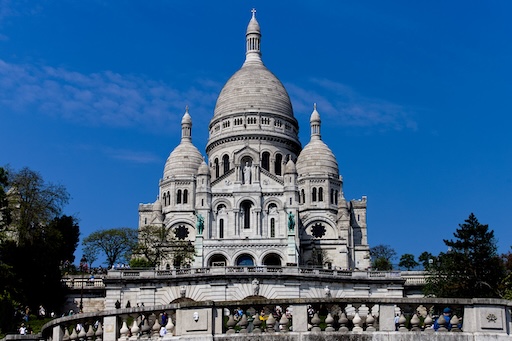
Tucked away on a hill in the heart of France’s capital lies a neighborhood that feels like a village within a city. With cobbled streets, crimson cafés, and painters on every corner, Montmartre is Paris’s bohemian soul—crowned by a shining white basilica that watches over the city like a guardian angel.
Welcome to Montmartre & Sacré-Cœur, where artists have danced with dreams for centuries and where the scent of espresso mixes with incense from above.
The Hill of Rebels and Romantics
Montmartre isn’t just any hill. It’s a place where rebellion once brewed, where revolutionaries took their stand, and where some of the world’s most famous artists lived (and struggled). Picasso, Van Gogh, Monet, and Toulouse-Lautrec all called Montmartre home at some point—though they probably didn’t pay €10 for a cappuccino.
Walk its winding streets and you’ll understand why. There’s a certain raw, poetic energy here. A guitar playing softly on the steps. A painter sketching lovers near the Place du Tertre. A waiter humming a chanson as he wipes down a red-checkered table.

The Basilica That Touches the Sky
And then there’s Sacré-Cœur. The “Sacred Heart” of Paris, glowing white against a blue sky—or silver fog, depending on the mood. Built in the late 1800s as a symbol of spiritual hope, it stands tall at the summit of Montmartre, looking more like a confection than a cathedral.
Climb the 270 steps (or cheat a little and take the funicular) and you’re rewarded with one of the best views in Paris. From up there, the Eiffel Tower is just a whisper on the skyline, and the city stretches out like a living map.
Inside, the basilica glows with golden mosaics and hushed reverence. There’s no photography allowed, which honestly adds to the magic. It’s a place for quiet wonder, a pause in your Parisian adventure.
Cafés, Canvases, and Cabarets
After your moment of zen, dive back into the tangled streets below. There’s always something happening in Montmartre. You might stumble into a poetry reading. Or a terrace band playing Edith Piaf covers. Or a tiny gallery hidden behind a red door that just opened for the day.
Hungry? Grab a buttery croissant from a street bakery or sit down for onion soup at a bistro that hasn’t changed in 70 years. And don’t forget to stop by the legendary café, Le Consulat—it’s been feeding artists and tourists alike since the 1800s.

More Than Just a Pretty Picture
Montmartre might look like a movie set, but it’s also deeply real. Beneath the charm lies a gritty history—of rebellion, resistance, and reinvention. It’s where the Moulin Rouge first spun its can-can skirts. Where painters lived in freezing attics, chasing light and madness.
Even today, Montmartre refuses to be tamed. It’s full of contrasts: sacred and profane, romantic and raw, quiet basilicas and wild cabarets. It’s the kind of place that sticks with you. Like a painting you can't stop staring at.
If You Go
The best time to visit? Early morning or twilight. The crowds are smaller, the light is golden, and Montmartre feels like it’s still whispering secrets to you. Take your time. Get lost. Let the streets guide you.
And when you reach the steps of Sacré-Cœur again, sit for a while. Watch the city breathe. Maybe even bring a sketchpad—or just a heart wide open to wonder.
In a city full of landmarks, Montmartre isn’t just another postcard. It’s a story you step into. A living canvas. A place where heaven meets the street—and doesn’t apologize for being a little bohemian about it.
Share this story and inspire others.
Tags: Montmartre, Sacré-Cœur, Paris, France, Hidden Wonders, Artistic Neighborhood, Basilica, Travel France
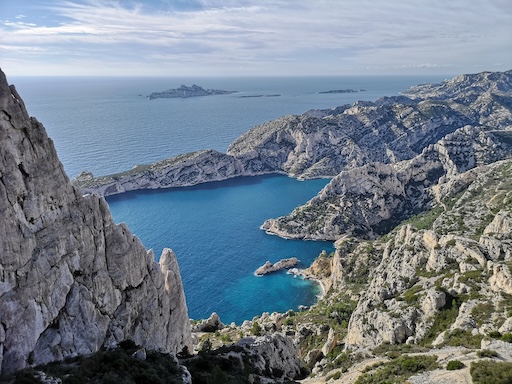 Parc National des Calanques – Limestone Cliffs and Hidden Blue Coves Near Marseille
Parc National des Calanques – Limestone Cliffs and Hidden Blue Coves Near Marseille
 Nice – Where the Riviera Glitters with Old-World Glamour
Nice – Where the Riviera Glitters with Old-World Glamour
 Verdon Gorge – France’s Grand Canyon of Emerald Waters
Verdon Gorge – France’s Grand Canyon of Emerald Waters
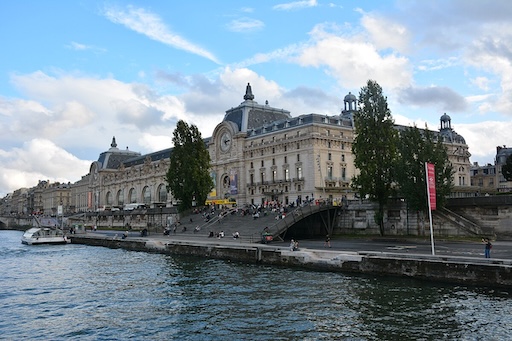 Musée d'Orsay – Where Impressionism Lives in a Former Train Station
Musée d'Orsay – Where Impressionism Lives in a Former Train Station
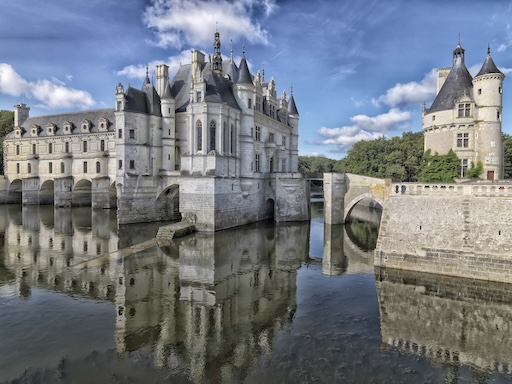 Château de Chenonceau – The Elegant Castle Over the Cher River
Château de Chenonceau – The Elegant Castle Over the Cher River
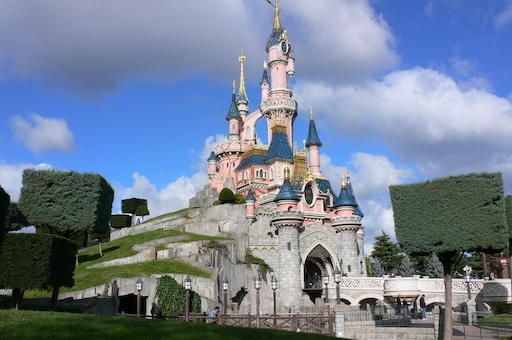 Disneyland Paris – Where Fairy Tales Speak French
Disneyland Paris – Where Fairy Tales Speak French
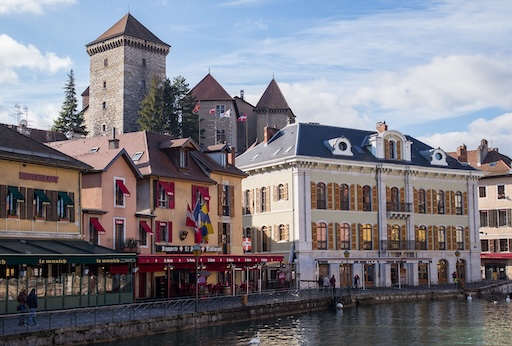 Annecy – The Venice of the Mountains
Annecy – The Venice of the Mountains